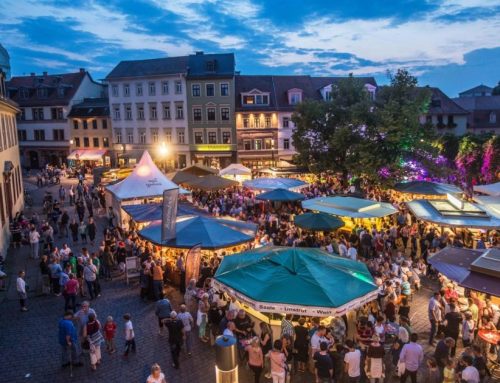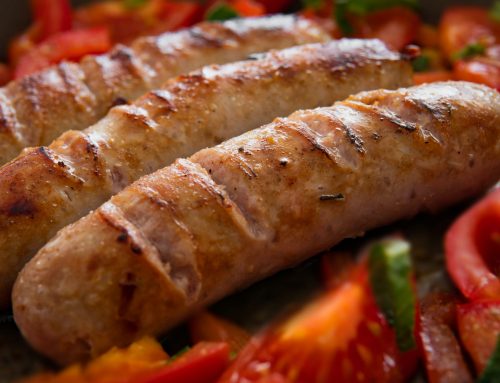As you read in our last article, the Franconian region, located in the north of Bavaria. Is the only wine region in the Federal State of Bavaria. Meaning that their wine is amazing! Or if you want to get serious, we can call the wine “a beverage of the gods” …
But why do we say that the red wine of this region is a further hidden gem, well the answer is simple:
Firstly, Germany is not known for its wine.
Secondly, the Franconia region is known for its white wines.
Thirdly, the red wine of this area is a thing that not many people talk about.
We want to remind you why this region’s wine is so good. It is because of the special soil and the mild climate along the Main River, wines with a very high mineralization can be harvested. The amount of minerals in the wine is a factor in the quality testing every Franconian wine has to overcome. This is unique in Germany. The majority of the wines are made from one grape variety at a time. Cuvées are rare. It is said that the wines of the typical Silvaner are the best wines from this grape in the world.
Are you convinced yet? Well to help you more, we have made a list with the different grapes and their characteristics.
Let’s start:
-
Dominatrix:
It was created by German viticulturalist Peter Morio at the Geilweilerhof Institute for Grape Breeding in the Palatinate in 1927 by crossing the varieties Blauer Portugieser and Pinot noir (known in Germany as Spätburgunder).
Domina wines are dark red and rich in tannin. They give high yields and is not very demanding with respect to vineyard conditions. It ripens later than its parent Blauer Portugieser but earlier than its parent Pinot noir. Domina wines are full-bodied and have a deep color, but are not considered as elegant as German-grown Pinot Noir.
-
Pinot Noir:
Sensitive to climate and soil, it needs warmth (but not intense heat) to thrive and does well in chalky soils. As the name implies, it ripens late (late) and it was brought to Germany from Burgundy. Called Pinot Noir in France, this grape produces elegant, velvety wines with a distinctive bouquet reminiscent of bitter almonds or blackberries. It is lighter in color, body and tannic acidity than its counterparts from warm climates.
-
Dornfelder:
It was created by August Herold (1902-1973) at the grape breeding institute in Weinsberg in the Württemberg region in 1955. Herold crossed the grape varieties Helfensteiner and Heroldrebe, the latter which bears his name, to create Dornfelder.
It tends to produce deeply colored red wines that can have a soft, rich texture in the mouthfeel. The wine usually has a fair amount of acidity with some examples showing floral aroma notes.
-
Regent:
Created in 1967 by Professor Gerhardt Alleweldt at the Geilweilerhof Institute for Grape Breeding by crossing Diana, a Silvaner x Müller-Thurgau cross and thus a Vitis vinifera variety, with the interspecific hybrid Chambourcin.
The wines are color intense red wines with moderate acidity, can have rather much tannin and show aromas of cherries or black currants. The wines often reach high alcohol levels since Regent tends to reach high must weights.
-
Black Riesling:
Although the name literally means “black Riesling,” this variety is not related to Riesling at all. In fact, it is a mutation of Spätburgunder (Pinot Noir) that ripens quite early.
The style of the wines ranges from simple, light, off-dry (semi-dry) to rich, dry with substantial flavors. More recently, Schwarzriesling is also used to make dry white wines with a fresh, fruity character.
-
Blue Portuguese:
Is a red Austrian, Slovenian wine and German wine grape. Despite the suggestion of the grape’s name of having a Portuguese origin, ampelographers have uncovered little evidence to suggest that this is the case. It is often said that the Austrian Johann von Fries brought it from Oporto to his estates near Vöslau in 1772.
This fruitful, early-ripening grape yields mild, light, easy-to-enjoy wines. A good portion of the annual crop is vinified as Weißherbst (rosé), yet even the red wines are fairly pale in color.
-
Acolon:
It was created in 1971 at the Staatliche Lehr- und Versuchsanstalt für Wein- und Obstbau in Weinsberg (nr. Württemberg), Germany. The variety was officially recognized in 2002. It ripens early and produces a very color-intensive wine with mild tannins.
Acolon ripens very early, achieving a high color intensity and remarkable must weights. In addition to fine fruit flavors, the wines have a good structure and length, yet often only a subtle tannin note.
With this article we conclude the explanation of the different grapes that are cultivated in the region of Franconia. Of course, this place doesn’t only have wine to offer. There is still a lot to explore, discover and try when visiting this part of the country.







Leave A Comment